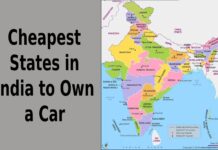Fuel prices are rising, and people are looking for ways to save money on gas or diesel. Whether you drive a car, a truck, or a motorcycle, fuel efficiency is important. Using less fuel not only saves money but also helps protect the environment.
Many people waste fuel without even realizing it. Simple habits like driving too fast, carrying too much weight, or not maintaining the car properly can increase fuel consumption. The good news is that by making small changes, you can improve your vehicle’s fuel efficiency and reduce your fuel costs.
In this article, we will discuss 10 real and practical ways to save fuel. These tips are easy to follow and will help you get more mileage out of every liter or gallon of fuel.
1. Drive Smoothly and Avoid Sudden Acceleration
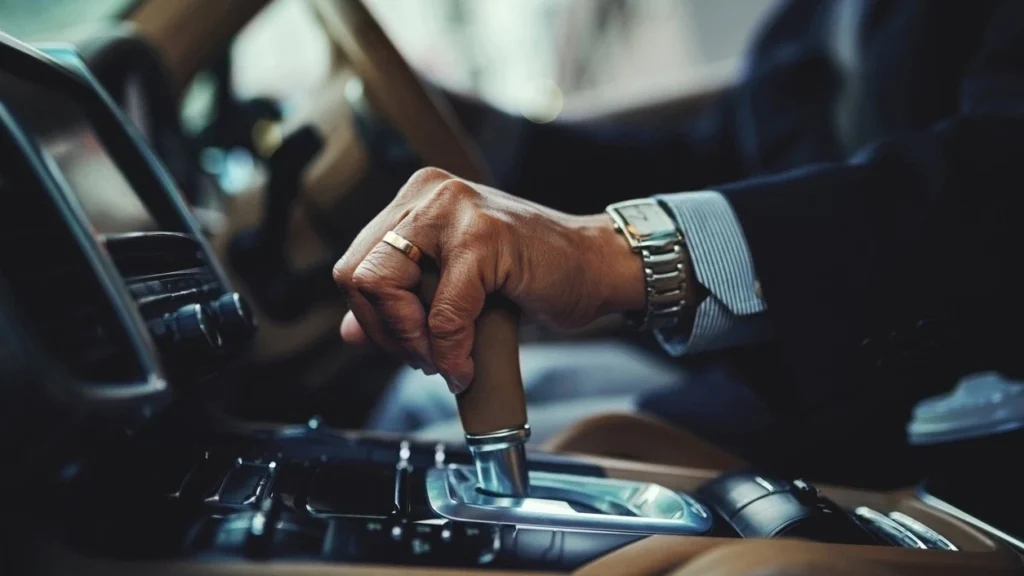
One of the biggest reasons for high fuel consumption is aggressive driving. Many drivers accelerate too fast, brake too hard, or constantly change speeds. This type of driving burns more fuel and reduces efficiency.
How Aggressive Driving Wastes Fuel
- When you accelerate quickly, your engine works harder and consumes more fuel.
- Hard braking wastes the energy that was used to move the car forward.
- Constant speed changes make the engine use extra fuel to adjust.
How to Drive Smoothly for Better Fuel Efficiency
Accelerate gently: Press the accelerator pedal slowly and steadily instead of flooring it.
Maintain a steady speed: Try to keep your speed constant, especially on highways.
Avoid sudden braking: Look ahead and slow down gradually instead of slamming the brakes.
Use engine braking: When slowing down, lift your foot off the accelerator and let the car slow naturally before using the brakes.
Driving smoothly can improve fuel efficiency by 10-15% and make your car last longer.
2. Keep Your Tires Properly Inflated

Your car’s tires play a big role in fuel consumption. Underinflated tires create more resistance with the road, making your engine work harder and use more fuel.
How Tire Pressure Affects Fuel Economy
- Low tire pressure increases friction and reduces fuel efficiency by up to 3%.
- Uneven tire pressure causes uneven wear, reducing the lifespan of the tires.
- Overinflated tires reduce grip and make driving unsafe.
How to Keep Your Tires in Good Condition
Check tire pressure regularly (at least once a month).
Use the recommended PSI (Check your car manual or the sticker inside the driver’s door).
Inflate tires when they are cold (Air expands when hot, giving inaccurate readings).
Rotate and align tires regularly for even wear and better performance.
Proper tire pressure keeps your vehicle running smoothly and saves up to $100 per year on fuel costs.
3. Reduce Unnecessary Weight in Your Car
The heavier your car, the more fuel it burns. Carrying unnecessary items in the trunk or back seat can reduce fuel efficiency.
How Extra Weight Affects Fuel Consumption
- Every extra 100 lbs (45 kg) reduces fuel efficiency by 1-2%.
- Roof racks and heavy accessories increase air resistance and fuel usage.
How to Lighten Your Car for Better Mileage
Remove unnecessary items: Empty the trunk of things you don’t need.
Avoid carrying extra fuel: Only fill your tank when necessary to reduce weight.
Take off roof racks or carriers when not in use.
A lighter car means a more efficient engine and better mileage.
4. Use Cruise Control on Highways
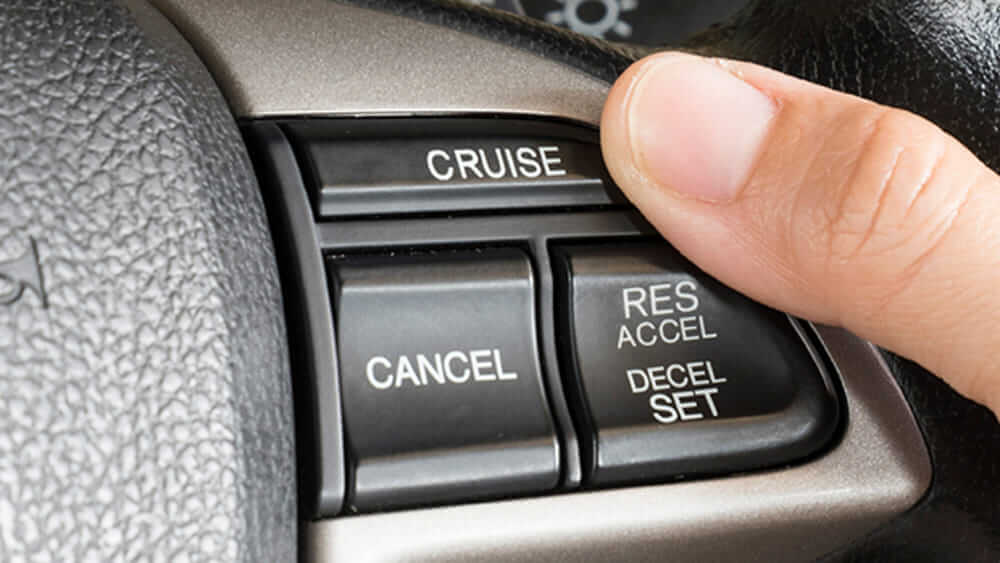
When driving on highways, constant speed is key to saving fuel. Using cruise control helps maintain a steady pace, reducing unnecessary acceleration and braking.
Benefits of Cruise Control for Fuel Savings
- Helps maintain a steady speed, reducing fuel waste.
- Prevents over-speeding, which burns extra fuel.
- Reduces driver fatigue, making long trips easier.
When to Use and When to Avoid Cruise Control
Use it on flat highways for maximum efficiency.
Avoid it on hilly or curvy roads, as it may cause unnecessary acceleration.
Using cruise control can improve fuel efficiency by 7-14% on long trips.
5. Avoid Idling Your Engine
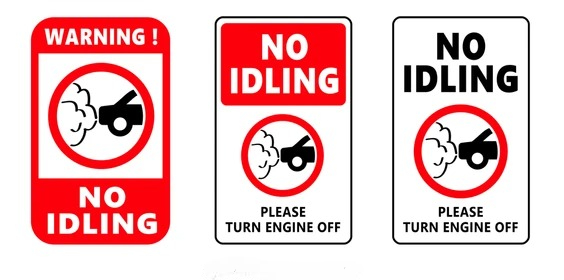
Many people let their car idle while waiting in traffic, warming up the engine, or sitting in parking lots. Idling wastes fuel and is bad for the environment.
Why Idling Wastes Fuel
- An idling car uses 0.5 to 1 liter of fuel per hour.
- Modern engines don’t need long warm-ups—30 seconds is enough.
- Idling for more than 10 seconds uses more fuel than restarting the car.
How to Reduce Idle Time
Turn off the engine if stopping for more than a minute.
Use start-stop technology if your car has it.
Avoid warming up the engine for too long in cold weather.
Avoiding unnecessary idling can save up to 10% on fuel costs annually.
6. Plan Your Trips Efficiently
Driving unnecessarily increases fuel costs. Planning your trips properly can help reduce fuel consumption.
How Smart Trip Planning Saves Fuel
- Combining errands into one trip reduces travel distance.
- Avoiding rush hour reduces time spent in traffic.
- Using GPS or apps helps find the shortest, most fuel-efficient route.
Best Practices for Efficient Trip Planning
Do all your errands in one trip instead of multiple short trips.
Check traffic reports before leaving to avoid congestion.
Use navigation apps like Google Maps or Waze for better routes.
A well-planned trip can reduce fuel usage by 5-10%.
7. Keep Your Engine Properly Maintained
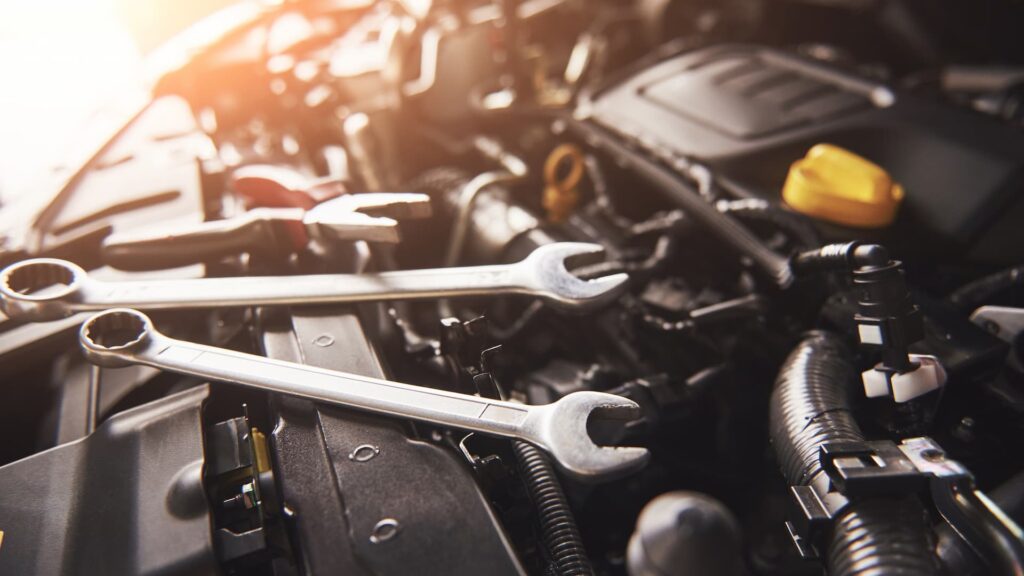
A well-maintained engine runs smoothly and burns fuel efficiently. Neglecting maintenance can lead to higher fuel consumption.
Key Maintenance Tips for Fuel Efficiency
Change air filters regularly for proper airflow.
Use high-quality fuel to keep the engine clean.
Check spark plugs and replace if necessary.
Follow the recommended service schedule in your car’s manual.
Regular maintenance can improve fuel efficiency by up to 15%.
8. Use the Right Motor Oil
Using the wrong motor oil increases friction, making the engine work harder.
How to Choose the Best Oil for Your Car
- Check the viscosity grade recommended in your car’s manual.
- Look for energy-conserving or synthetic oils for better performance.
Using the right oil can increase fuel efficiency by 1-2%.
9. Drive at a Moderate Speed
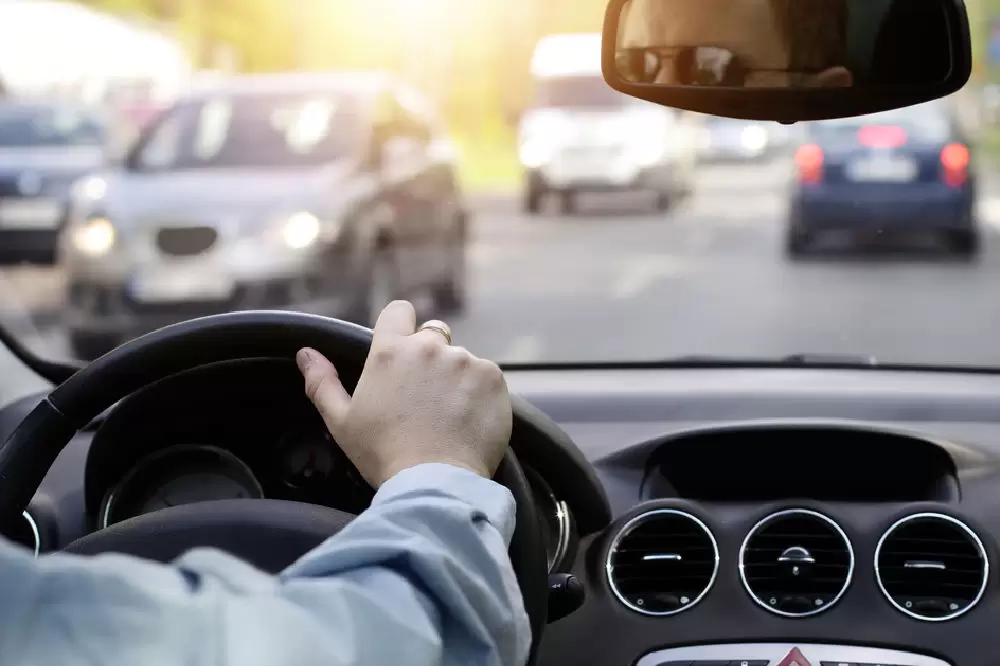
Driving too fast burns more fuel. The most fuel-efficient speed is 50-65 mph (80-105 km/h).
Avoid high speeds on highways.
Use lower gears efficiently.
Driving at a steady, moderate speed can save up to 20% on fuel.
10. Consider Carpooling or Public Transport
Sharing rides reduces fuel costs and benefits the environment.
Carpool with coworkers or friends.
Use buses or trains when possible.
Carpooling just twice a week can cut fuel costs by 50%!
Conclusion
By following these 10 real ways to save fuel, you can cut fuel costs, protect the environment, and extend your car’s life.
Which tip will you try first? Let me know in the comments!



